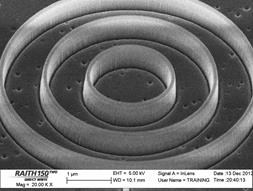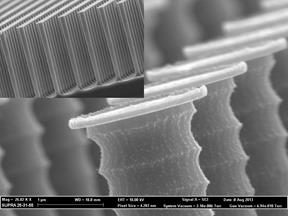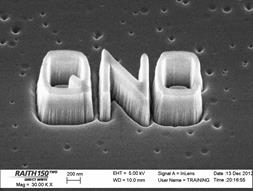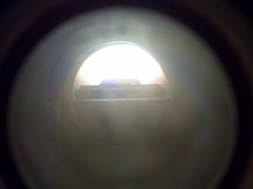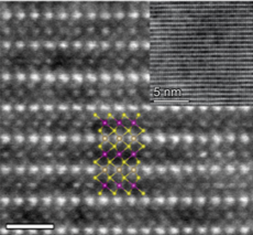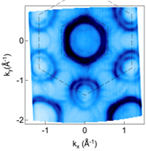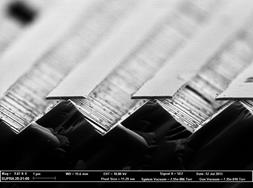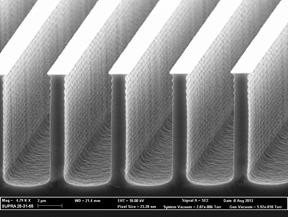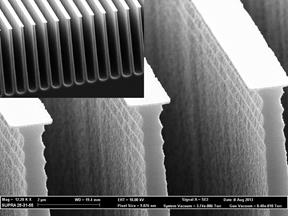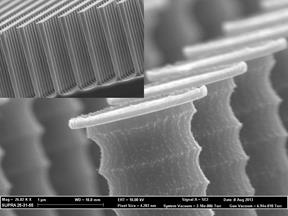
|
|
(400 nm OD, 100 nm width) |
(100 nm line width) |
||||
|
(100 nm diameter) |
(100 nm line width) |
|||||
|
Useful Links |
Modern
technology has evolved to a stage that careful manipulation of a single spin
or charge carrier is no longer a formidable task. Our research focuses on a
particular aspect of the electrons - their spin degrees of freedom, and spin
information can be stored, transferred, and processed all the way from
classical to quantum levels. We can
efficiently harvest the mutual interactions between spins and ions in nanoelectronic devices (ie, spiontronics) for advanced spin control and
monitoring. The freedom to combine complex spin systems, ion systems,
topological states, and superconductors grants us the unique advantage in
bottom-up materials design and construction, while still
keeping mass production and integration in check. Our program has a
strong emphasis on the development of novel materials and devices towards
more powerful yet more energy efficient information processing units, into an
era beyond silicon. Research Interests: * Topological quantum computing on
low-dimensional spin systems * Spin memory and logic devices * Superconducting
microwave circuits * Spiontronics for Field
Programmable Neural network Arrays (FPNA) * RRAM
for Compute in Memory architectures Funding: >
Ontario
Early Researcher Awards >
Canada
First Research Excellence Fund - Transformative Quantum Technologies >
NSERC,
Discovery,
Engage >
Mitacs, Accelerate >
ECE
department research stimulation grant Courses taught: (please log in to
your LEARN account to access the course notes and updates) •
NE226 “Characterization
of Materials” •
ECE231 “Semiconductor
Physics and Devices” •
NE353 “ Nano Probing and Lithography” •
ECE403 “Thermodynamics” •
ECE405D “Superconducting Quantum Circuits” •
NANO600 “Introduction to
Nanotechnology” •
NANO601 “Characterization
of Nanomaterials” •
ECE630 “Physics and
Models of Semiconductor Devices” •
NANO701 “Solid State
Physics and Chemistry” •
NANO702 “Nanoscale
Phenomena” •
ECE730-T19 “Magnetism and
Spintronics” |
|
Angle-resolved
photoemission spectroscopy (ARPES) mapping on 2x2 Mn intercalated TaS2
at Canadian Light Source (CLS) synchrotron beam line |
|||
|
(viewed from a
cleaved edge, mask width 2 µm, spacing 2 µm) |
(viewed from a cleaved edge, depth 13 µm, mask width 1.5 µm) |
|||||
|
mask width 1.5 µm, trench depth 10 µm |
mask width 1.5 µm, trench depth 25 µm |
mask diameter 1.5 µm, pillar depth 17 µm |
mask width 300 nm, trench depth 2 µm |
|||


